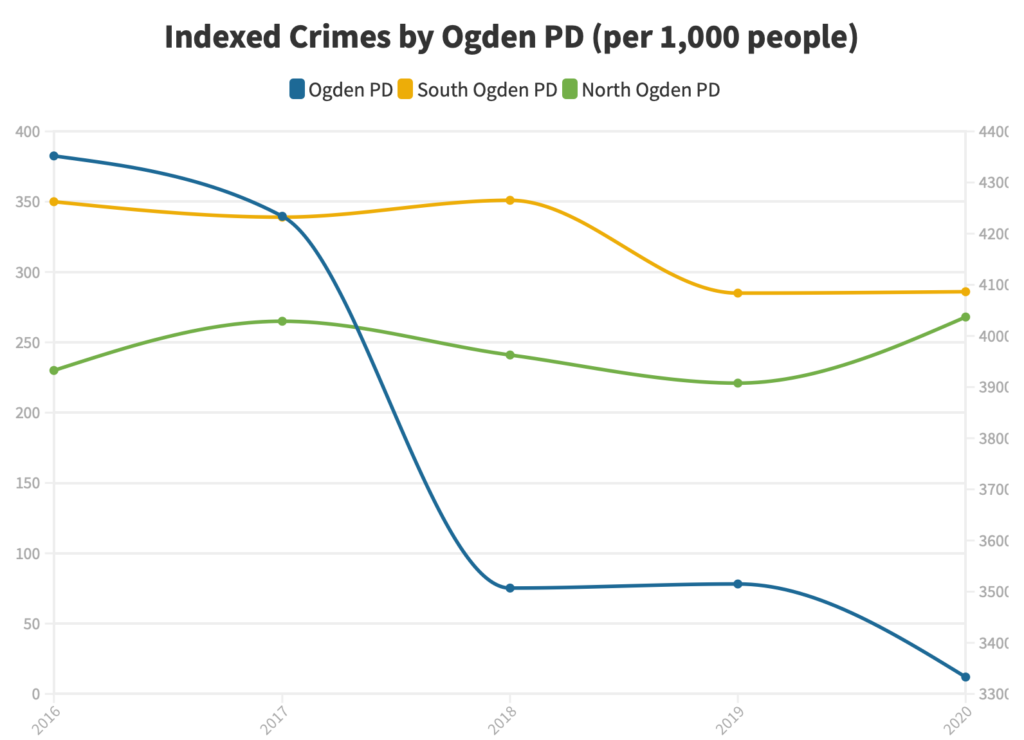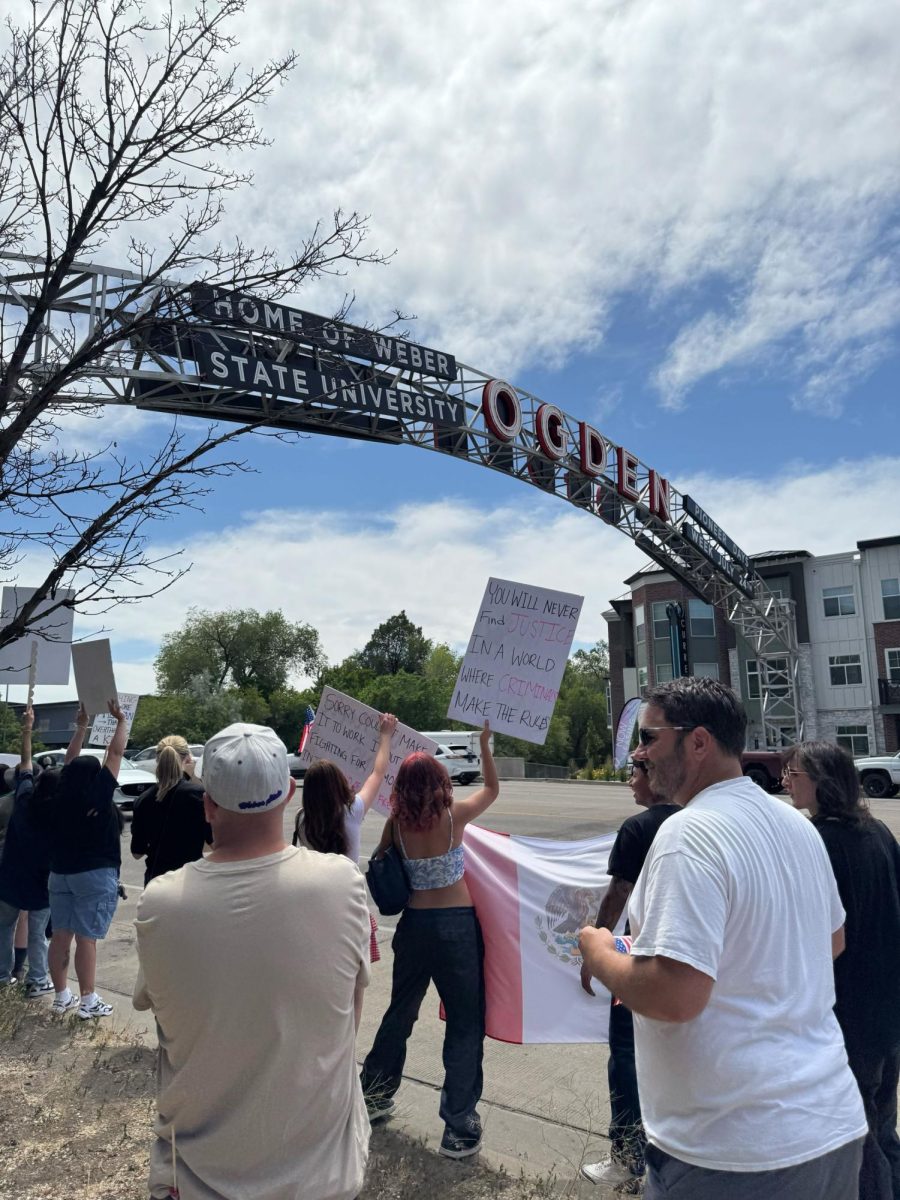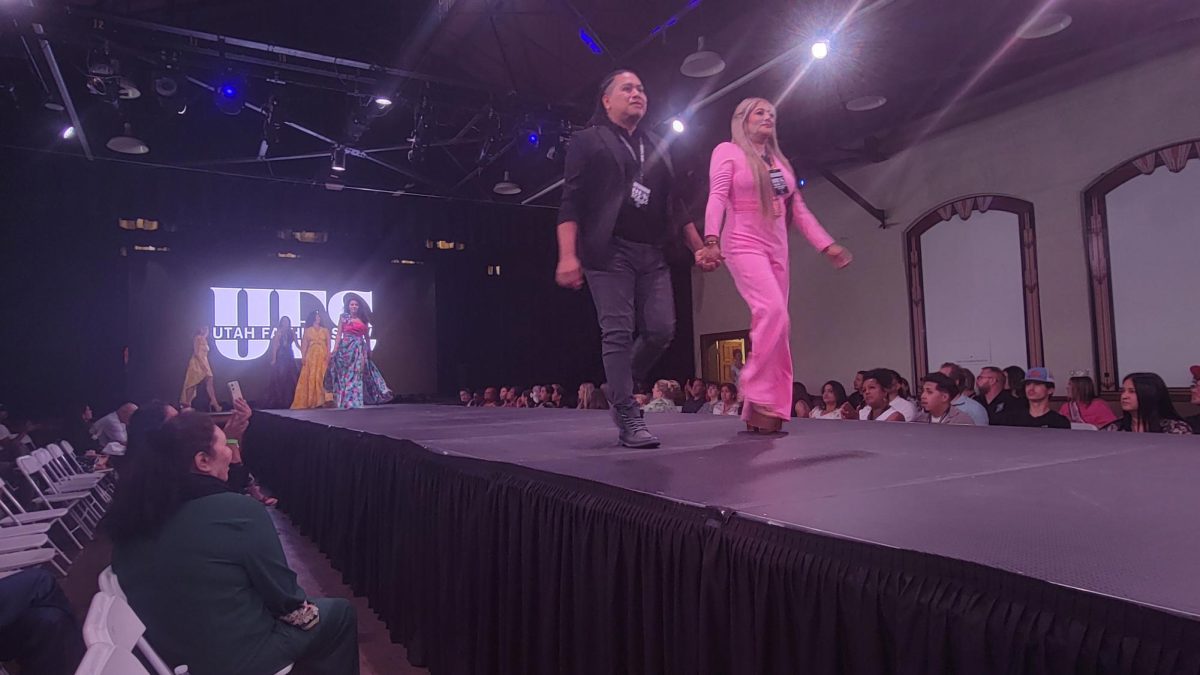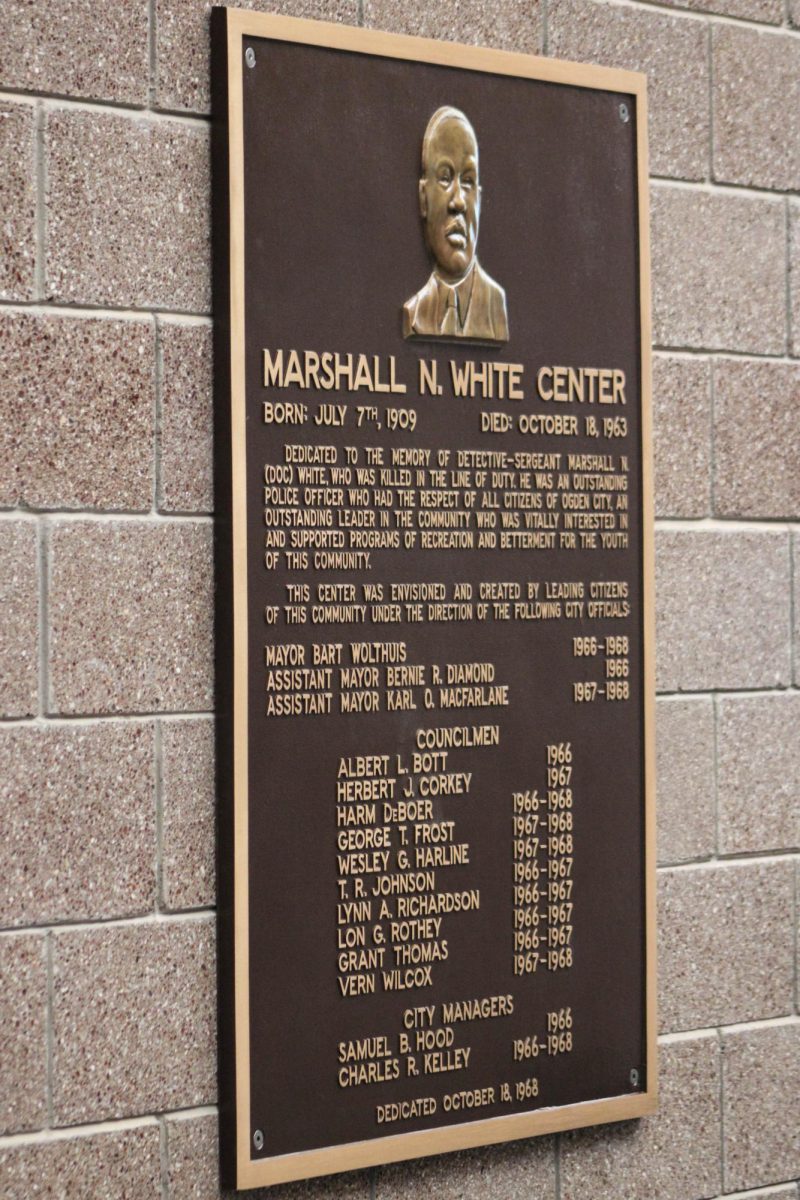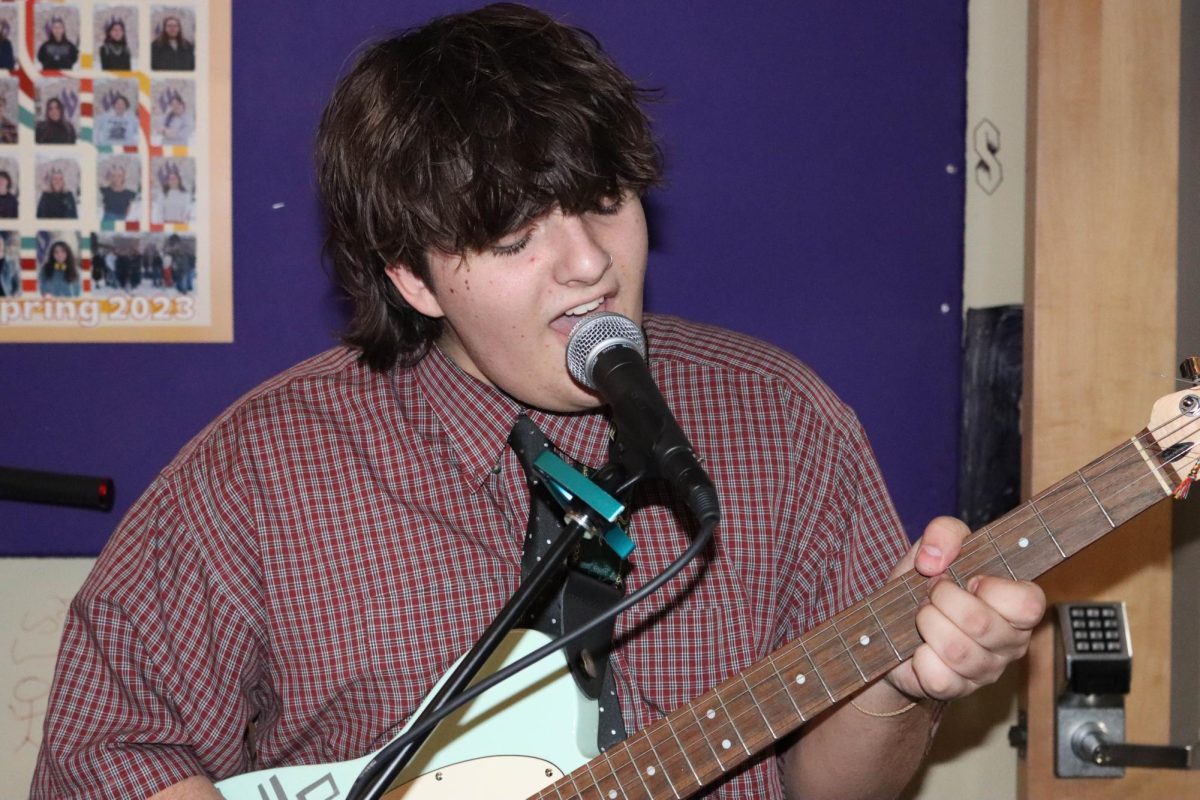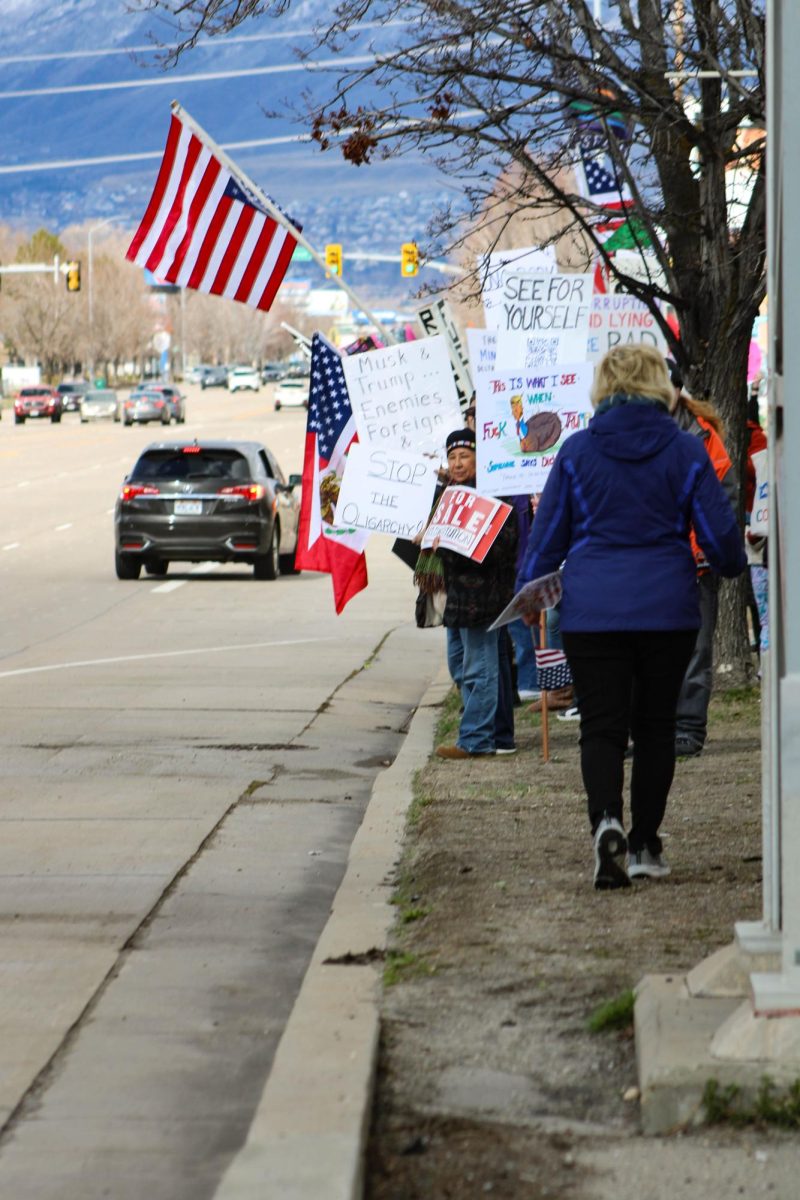Gun violence numbers continue to rise every year, as does the money that goes toward preventing it.
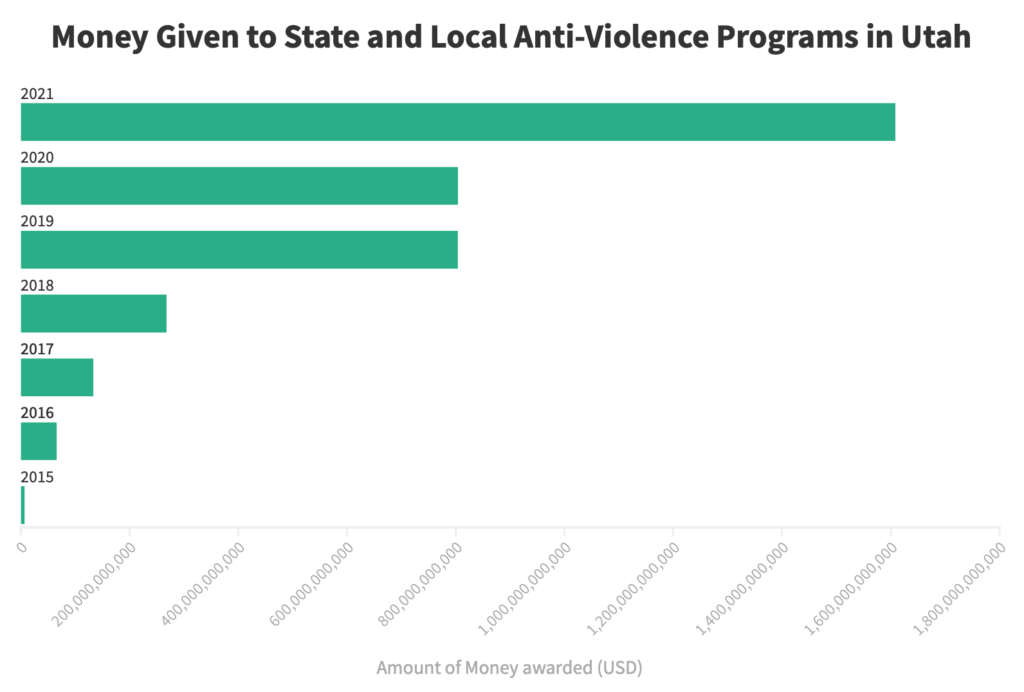
In an attempt to combat these rising numbers, federal and local governments have implemented anti-violence programs, ranging from federally funded grants to nonprofit organizations run by volunteers.
In 2015, according to the Federal Office of Justice Programs, over $7 billion was awarded to state and local anti-violence programs. This multiplied more than 100 times in just five years, with over $1 trillion awarded in 2020.
Money is granted by the Office for Victims of Crime, Bureau of Justice Assistance, Bureau of Justice Statistics, Office of Juvenile Justice and Delinquency Prevention and the Office of Sex Offender Sentencing, Monitoring, Apprehending, Registering and Tracking.
Rising numbers
In 2021, the United States had 44,974 deaths caused by or resulting from gun violence, an increase of a little over 1000 from the 2020 deaths and over 5000 from the 2019 deaths.
This data is collected daily on The Gun Violence Archive, a not-for-profit corporation, collecting data from over 7,500 sources to provide and collect accurate and up-to-date information on gun violence throughout the country. FBI data, which is included in the archive calculations, lags by a year and fails to specify the type of gun violence that occurred. FBI data may additionally identify a crime under a different category even when gun violence is involved.
However last year, the FBI switched from the Uniform Crime Reporting System to the National Incident Based Reporting System. This system was created to improve the data collection by allowing specificity and context.
Utah has followed this pattern, with a continued increase of deaths relating to firearms within the last few years, as reported by The Utah Department of Health.
According to the Utah Department of Health Violence and Injury Prevention Program, Utah’s firearm-related death rate, the number of deaths per 1,000 people, was consistently higher than the national rate over the last decade.
The data also shows that within the last decade 62.4% of firearm deaths were caused by firearms that owners stored loaded. Fifty seven percent of these firearms were not locked up.
The Utah legislature also does not prohibit the possession of specific type of firearms. Only minors and people with a criminal history are prohibited from owning a firearm.
With combined numbers rising, analyzing gun violence on a smaller scale shows the differences that anti-violence programs make.
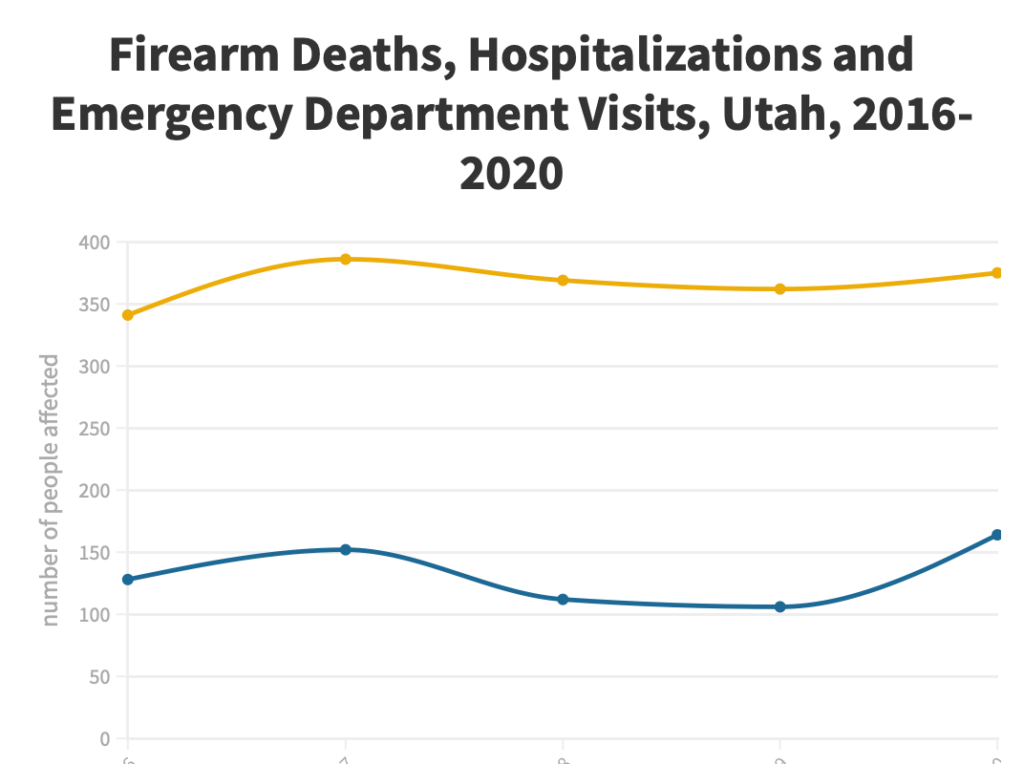
Threat assessment and management
“Guns are the what, they’re not the why,” Rachael Frost, Chief Executive Officer of Frost Investigation, Consultation, Education and Development, said. “Without us addressing the why in our society, were failing to really address violence.”
Frost, a violence recognition and response specialist, believes in threat assessment and management as a method of gun safety.
“Demonizing is not what threat assessment and management is about. It’s about supportive factors,” Frost said. “It’s about supporting that person. That person that is on that pathway to violence. The assessment is that we have a behavior of concern, where are we on this pathway. If you’re doing it right, you’re working with everybody. You’re making sure that there’s a plan in place for this individual.”
Frost believes one way we can caution individuals from a violent path is by preventing adverse childhood experiences by building strong communities and support systems.
Frost compares adverse childhood experiences to the three little pigs. Brick houses are made out of strong foundations: love, care and concern. A traumatic event can hit the brick house, but it is stronger and with help, can be built right back up. A twig house has a weaker foundation: non-affectionate or non-loving parents, lower class neighborhoods or mild abuse. A straw house is weak: built up from abuse, lack of good parents and essential needs.
“We expect people who are building straw houses, who grew up in a straw house, to build a brick house,” Frost said. “We want everyone to build a brick house, but they don’t know how.”
Frost explained how supportive communities include mental health professionals and leadership coalitions. She believes that if the leaders in a community come together and set a plan in motion on how to solve problems, they can help individuals within the community who only know one way of life, discover a new one.
Project safe neighborhoods
In 2001 the U.S. Department of Justice launched a program called Project Safe Neighborhoods to reduce violent crime and gun violence nationwide.
Project Safe Neighborhoods focuses on four elements to reduce violence and crime: community engagement, prevention and intervention and focused and strategic enforcement and accountability, according to the United States Department of Justice website.
Ogden has been a recipient of Project Safe Neighborhoods formula grants for the last four years with a running total of $724,556.
“It gave us a significant amount of resources and an ability to use federal resources and partners to prosecute people where they actually would be better held accountable for what they’re doing,” Ogden City Police Chief Eric Young said. “But on the other side of that, the program is not intended for first time offenders or low-level offenders.”
Project Safe Neighborhoods allows Ogden City Police to prosecute individuals at the national level, where the offender is sentenced to serve at a federal prison out of state. Young says that this takes the offender away from the community and away from their support system where they could be interacting with their associates within prison walls.
The federal government does limit the number of projects granted from one agency; Ogden City receives grant money for other projects, meaning that they cannot receive additional grant money for Project Safe Neighborhood.
Because of this limit, Ogden City partners with The United Way of Northern Utah. The United Way of Northern Utah is the fiscal agent for Project Safe Neighborhoods. Ogden City Police write the grant and send it to United Way, who then submits it to the Department of Justice granting agency. The money for the program is then spent by the Ogden City Police, reimbursed to them from United Way, and then the funding agency reimburses United Way.
“Part of that funding goes back to the United Way to try and foster programs to fill in the gaps,” Young said. “We know the reality is that a lot of times these people we are taking out of the community are leaving families, spouses, significant others and children in a community that don’t have a support structure now.”
While United Way does not have a specific program to enhance the work of Project Safe Neighborhoods, they use the money they get back to foster their already in place programs that fall within the Project Safe Neighbor geographic footprint.
The Project Safe Neighborhoods geographic footprint goes from 20th to 30th street and Washington to Monroe Blvd.
“We’re making sure that those programs are available to families of potential that might be affected by Project Safe Neighborhoods,” Gina DeSantis, the Grant Budget Administrator of United Way of Northern Utah, said. “Is there a support system in place for who gets left behind?”
United Way offers several programs to families such as Welcome Baby and Playgroup. Welcome Baby supports first time parents by teaching them about age-specific developmental information, parental engagement activities and positive parenting skills. After the child has aged out of Welcome Baby, they can participate in Playgroup. It allows for parents to be actively involved with their child’s learning and playtimes.
“Our focus is to help the other community nonprofits come together as an essential resource,” DeSantis said. “United Way prides itself in being able to fill in those gaps that have been identified.”
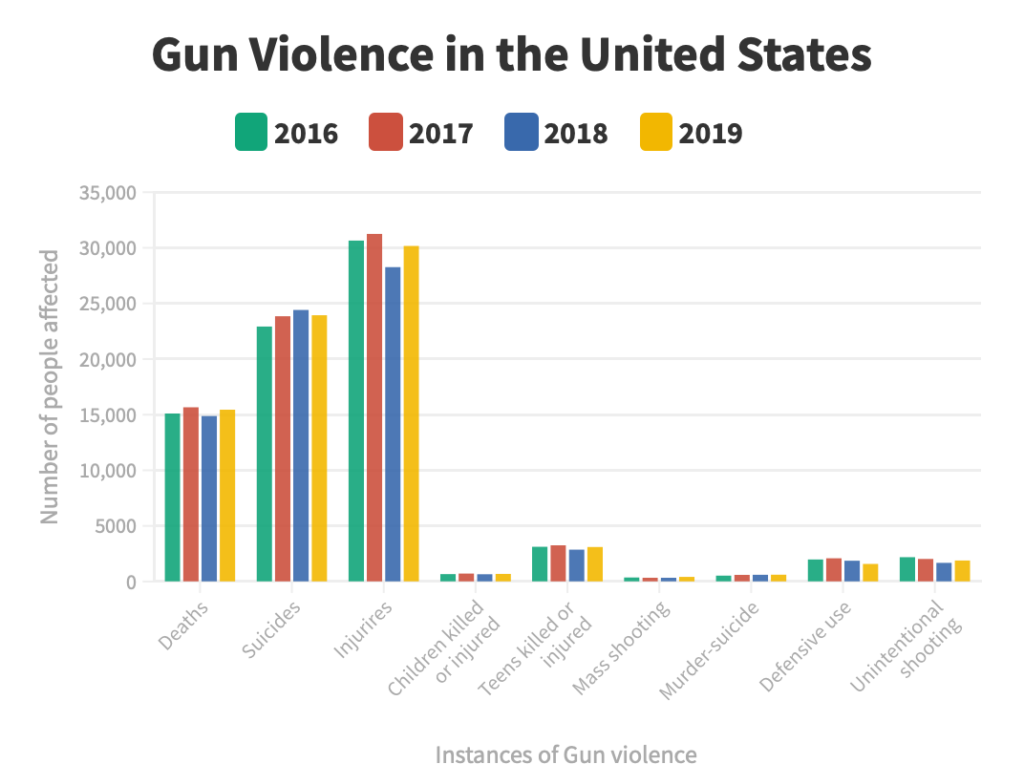
Supporting data
Michigan State University’s School of Criminal Justice has a team dedicated to studying and researching PSN’s impact.
Heather Perez, Edmund McGarrell, Natalie Hipple, Nicholas Corsaro, Timothy Bynum, Carol Zimmermann and Melissa Garmo submitted a study to the National Institute of Justice that gathered and analyzed data regarding the impact of PSN.
Their research found that Project Safe Neighborhood targeted areas experienced reduced violence compared to non-targeted areas. For U.S. cities with populations greater than 100,000, a high rate of Project Safe Neighborhood prosecutions was associated with a 13.1% decrease in violence. Cities with a low rate of Project Safe Neighborhoods experienced a 7.8% increase in violence.
They found that from 2001 to 2006, cities given PSN intervention experienced a 4.1% reduction in violent crime.
“Nationally there is no single source of data on gun homicides, which was the outcome variable of most interest, but there are supplementary homicide reports,” Edmund McGarrell, researcher and professor at Michigan State University, said. “When we only looked at the gun homicides that’s where we saw a 20% reduction. Somewhere between that 4 and 20 percent reduction, we felt pretty confident.”
The data from PSN allows the agencies to be targeted and focused, focusing on what is causing violence and how to target it. A combination of enforcement, intervention and prevention is more likely to make an impact, according to McGarrell.
McGarrell gave the example of Oklahoma City, Oklahoma, where the results found that most gun violence was associated with domestic violence. From there they were able to focus on domestic violence intervention and prevention.
This, of course, does not come without its challenges. Gathering data across 94 Attorney General offices is a challenge on its own but it became more challenging when not every office had the same definition of violence.
“In most communities there’s’ somewhere between 3-5 times as many non-fatal shootings,” McGarrell said. “It’s not been part of the FBI’s uniform crime reporting because there is no category for it, instead it’s categorized as an aggravated assault.”
McGarrell and his associates are advocates for the switch to the NIBRS system for this reason. NIBRS provides more information about the incident such as the victim, the weapon, the suspect and more. The system of organization allows for researchers to go into cases of domestic violence and be able to see how many involved a firearm and how many of those involved an injury.
“Right now, the NIBRS system only covers about half the population, they’re increasingly working with states and law agencies to move into NIBRS,” McGarrell said. “That will be an improvement that will certainly make research better.”
Heather Perez, Training and Technical Assistance Coordinator for MSU, complimented Ogden for their real time crime center data analytics.
Agencies with a research partner were able to make improvements in their selection of strategies to reduce violence, according to the data found by MSU.
“We found that in cities who had a research partner who was actively involved and able to look at the data analysis and be an independent set of eyes on things make some pretty significant improvements,” Perez said. “Kind of moving towards that I think we’ll see some improvements having a better understanding and a better focus on being able to address crime and repeat offenders.”
The Research Triangle Institute is currently studying the effects of Project Safe Neighborhoods across the country; collecting and analyzing data set to be published next year.
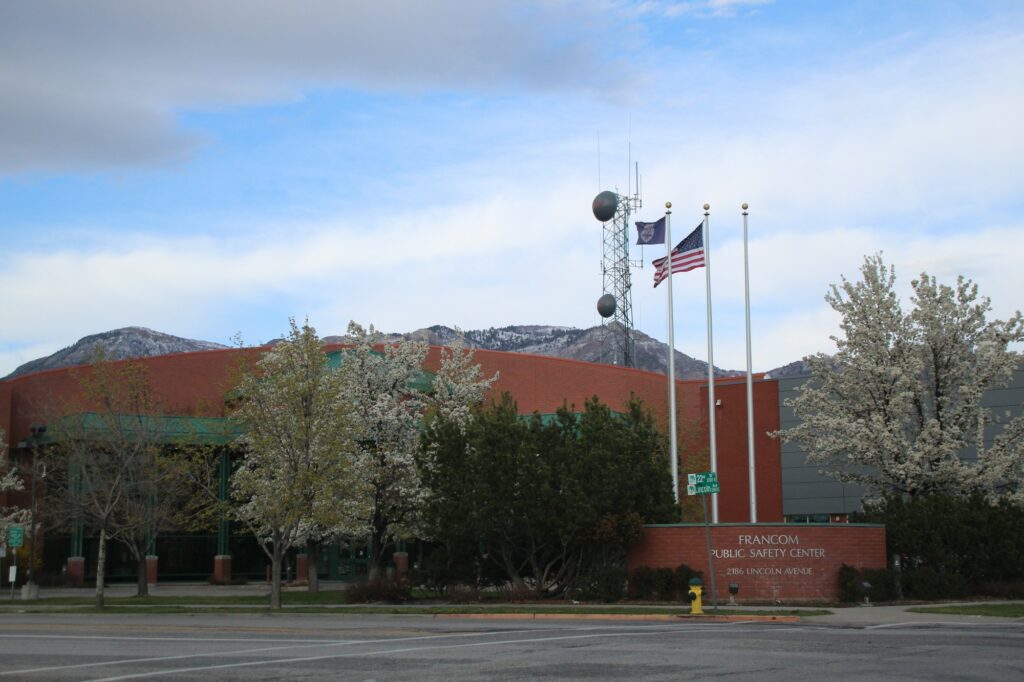
Community Oriented Policing Services
Ogden additionally received a grant from The Office of Community Oriented Policing Services. COPS is under the U.S. Department of Justice and work to promote community policing by building relationships between police and the communities.
COPS granted Ogden City School District $393,332 in 2020 through their School Violence Prevention Program to install access controls, doorbell cameras, camera upgrades and intercom system upgrades in schools.
Ogden was the first agency in Utah to get a COPS grant for community policing. This gave Ogden schools the opportunity to go from two officers to a team of ten. School resource officers in every one of the middle schools, high schools, the alternative school and two dedicated to elementary schools.
“We are trying to break that cycle of intergenerational poverty and the schools to prison pipeline by trying to implement programs to not just solve it now but hopefully down the road,” Young said.
The Ogden City Police Department also has a Crime Reduction Unit working seven days a week. The officers who are assigned to this unit dedicate their time to proactive enforcement, patrolling neighborhoods in Downtown Ogden where crime heat maps show the most activity.
“It’s something we also use as a tool because we only put the officers there for a short period of time, two years at the most,” Young said. “They learn how to do proactive work and how to go out and interact in the community and they come back to the other groups that can help share that knowledge.”
Young claims that they have seen a 30% reduction in severe crimes in Ogden in accordance with Project Safe Neighborhoods.
These severe crimes include aggravated assault, forcible rape, murder, robbery, arson, burglary, larceny-theft and motor vehicle theft.
A solution
The Utah Department of Safety Bureau of Criminal Identification reports show a decreasing crime index since 2018. The Ogden Police Department indexed a total of 3,507 crimes in 2018, giving a crime rate of 40.03 crimes per 1,000 people.
The rate has continuously declined with a rate of 40 per 1,000 people in 2019 and 37.74 in 2020.
The decreased crime rate in Ogden could directly correlate with the implementation of Project Safe Neighborhoods, COPS and community programs. The implementation of anti-violence programs in communities of high crime rates provides a solution to an increasing national issue.
“The problem is gun safety is just one component of a complete problem. It’s certainly an important issue that needs to be addressed, however, when it comes to anti-violence the weapon is just the what, and it is not the why,” Frost said. “It is the why that is the most important component that our society is catching up to exploring on a national stage.”
